Learning to Fish Via Youtube?

Sportfishing is an art/skill that cannot be mastered quickly. It takes time, energy, failure, and money to become an accomplished angler. The interesting aspect of fishing is the pressure that goes along with it. Many fishermen are not “professional” and have regular day jobs. Thus, they may only fish a couple times a month or a few times a year to hone their skill. Due to this, there is stress to try to make every trip a fantastic event because of the irregularity of trips. Plus, fishing is a hands-on sport. For example, pitch baiting marlin is not
Analysis of Minimum Length for Blue Marlin Tournaments
The Billfish Foundation’s newest Winthrop P. Rockefeller Ocean Program intern, Nick Becker, a recent graduate from Duke University’s Nicholas School of the Environment, worked with blue marlin tournaments out of the Gulf of Mexico for his thesis. His project was to evaluate the size minimums on harvested blue marlin. In order to be harvested, blue marlin must meet the federal size minimum of 99 inches in length. While most blue marlin tournaments have larger size minimums than the federal minimum; however, in some cases, there is room for improvement. Specifically, Nick’s master’s thesis, in conjunction with Dr. Grant
Florida East Coast Closed Zone Will Remain Closed!
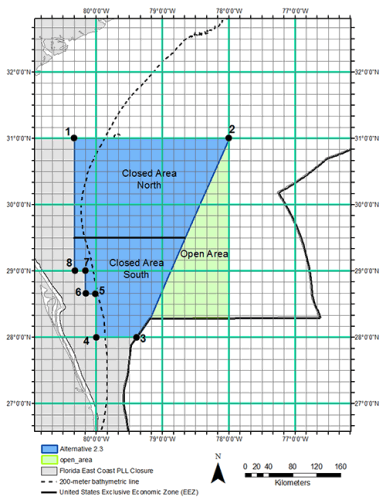
The National Marine Fisheries Service (NMFS) is not issuing an Exempted Fishing Permit (EFP) that would open the east coast Florida closed zone to pelagic longline vessels for the stated purpose of conducting “research.” Thanks in large part to TBF’s efforts and to our constituency submitting comments to NOAA, this victory was achieved. This is a major accomplishment that will continue yielding conservation benefits to the fish and other marine resources, which will further support recreational fishing and boating opportunities that support a wide array of associated jobs. The decision comes after almost two years of effort
Atlantic Billfish Recreational Landings Update
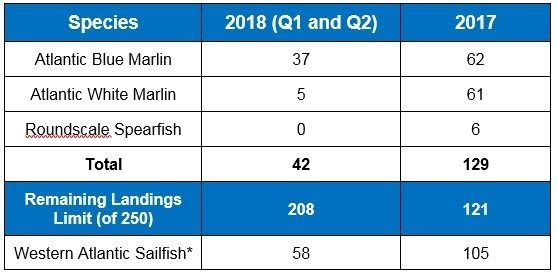
The National Oceanic and Atmospheric Administration just released their preliminary 2018 (January 1, 2018 through June 30, 2018) landings in numbers of fish for Atlantic blue and white marlin, roundscale spearfish, and western Atlantic sailfish. While many tournaments had not happened yet, we still believe that the recreational community will be well below our annual quota for billfish landed. Landings are compiled using self-reported angler reports from the Atlantic Highly Migratory Species Non-Tournament Recreational Swordfish and Billfish Landings Database; tournament landings from the Atlantic Tournament Registration & Reporting system; catch card reports from North Carolina and Maryland; and individual
Passing of a Legend – Capt. Ron Hamlin
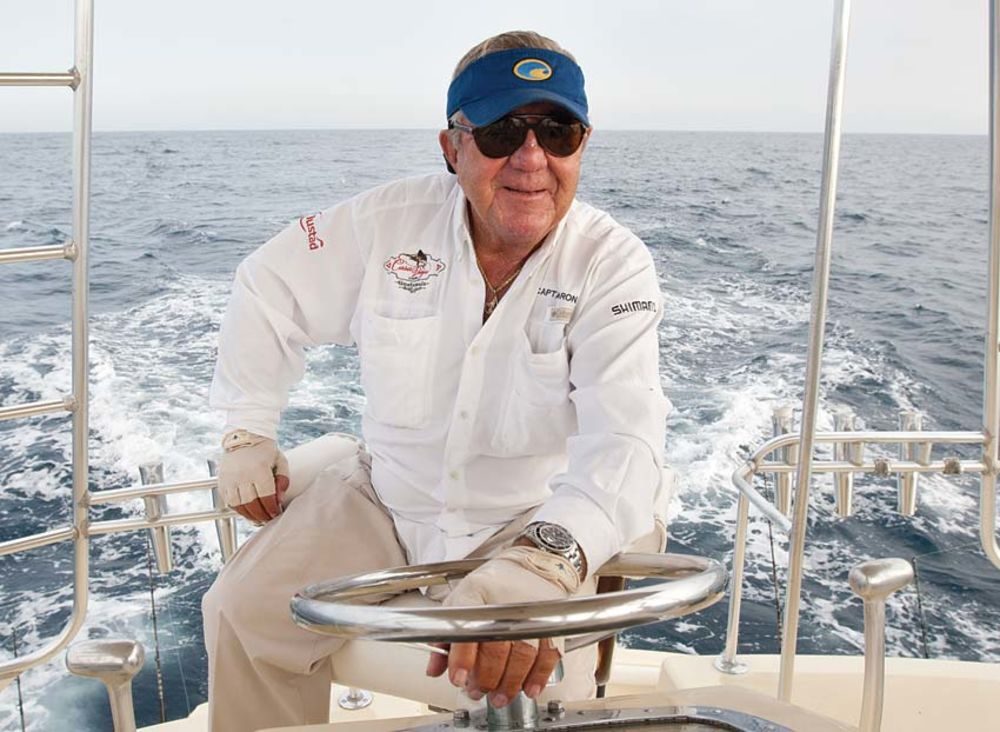
Hamlin was recognized not only for his expertise at placing anglers from all over the world on billfish, but also for his contributions to billfish conservation. His expertise at the helm won him awards year after year, including the Billfish Foundation’s Top Captain Award, for which he stopped competing. After landing billfish for years during the early part of his career, he later recognized that continuation of his profession depended upon the availability of healthy stocks of fish in the water for clients to catch. He turned to catch and release fishing and became a voice for billfish conservation
Closing a Loophole in the Billfish Conservation Act
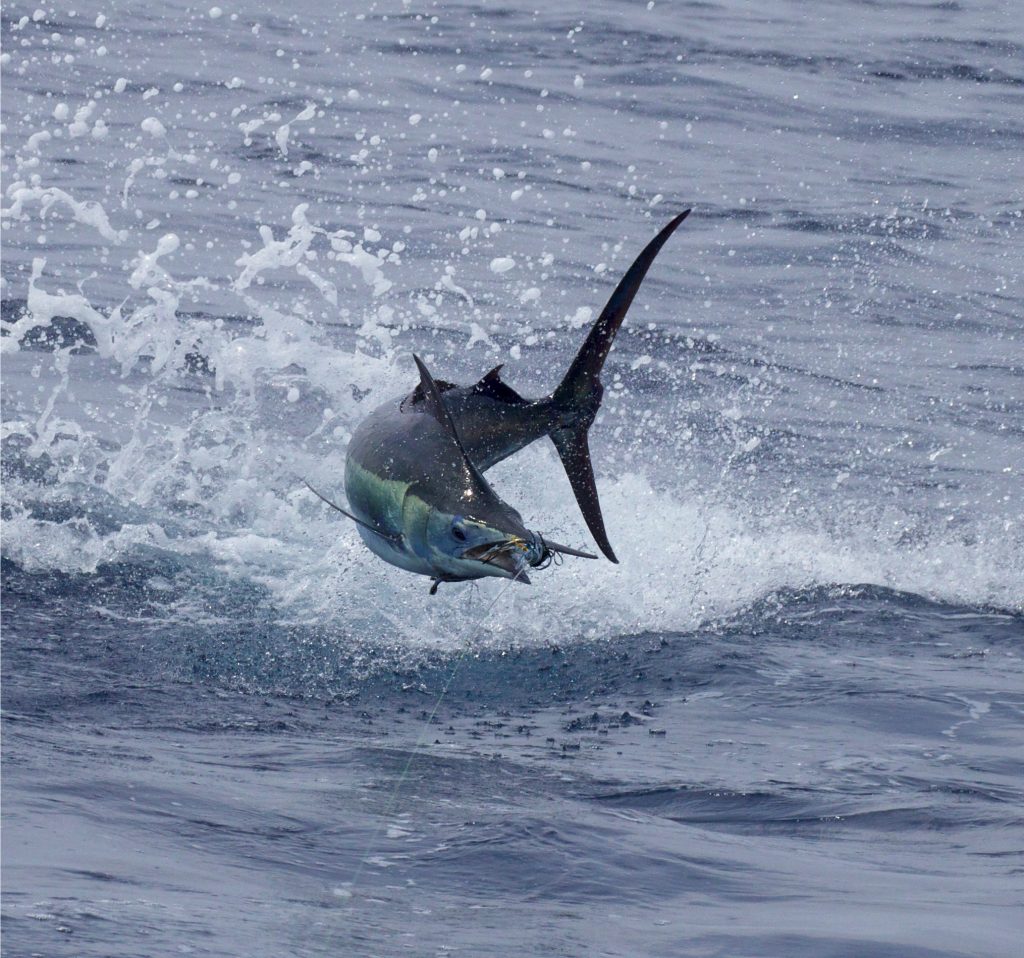
The amended Billfish Conservation Act (BCA) passed Congress and was signed into law this month, August 2018. The amended BCA prohibits Pacific billfish landed in Hawaii and in the U.S. Pacific Insular Areas (Guam, American Samoa, the Commonwealth of the Northern Mariana Islands) from being imported into the continental U.S., a loophole in the 2012 BCA. Neither the 2012 BCA nor the 2018 amended BCA prohibits the landing, possession or sale of Pacific billfish by U.S. commercial vessels as is prohibited for Atlantic billfish. Without prohibiting landings of Pacific billfish landed by U.S. commercial vessels, meaningful conservation benefits can only be
Sargassum Invasion
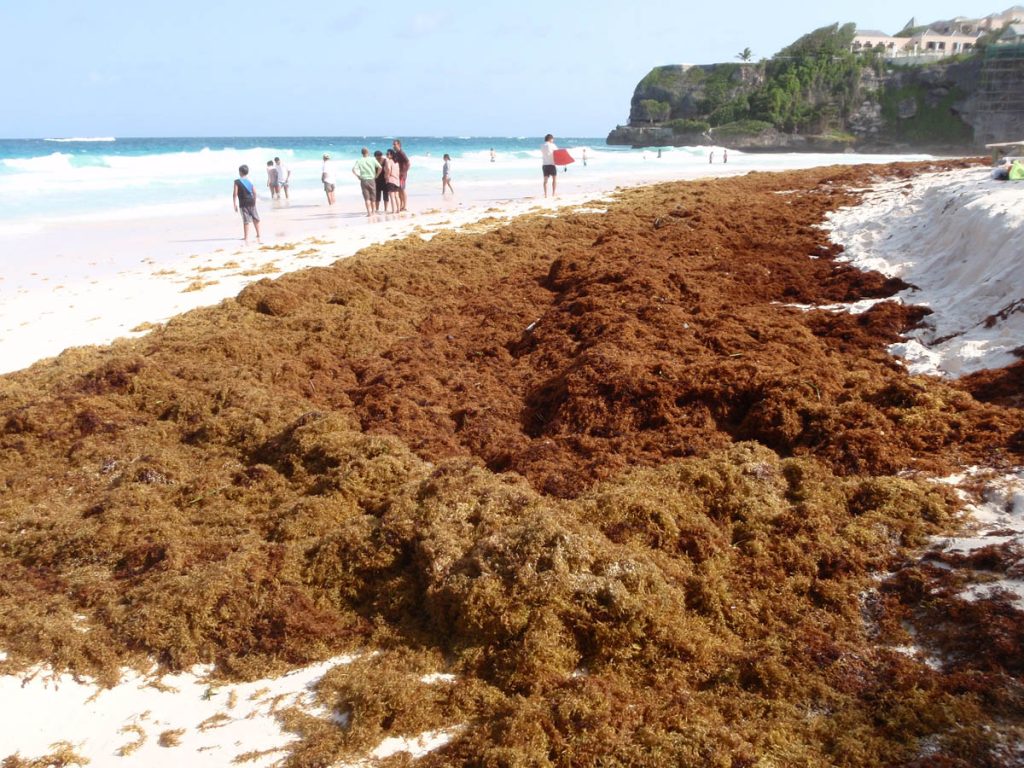
Weed, Weed – too much of a good thing? Offshore anglers know seeing and fishing a floating Sargassum weed line is a good thing for it they usually are very productive for catching dolphin fish and, if lucky, possibly a marlin. Sargassum is a brown-green microalga, or seaweed, which provides habitat for a significant variety of marine species, particularly juveniles seeking shelter from larger prey species. The structure of the Sargassum plant, includes a stem or stipe attached lateral branches with slender leaves and some have berry-like bladders that fill with air and provide buoyance. The weed plants often
Tag & Release Competition Update
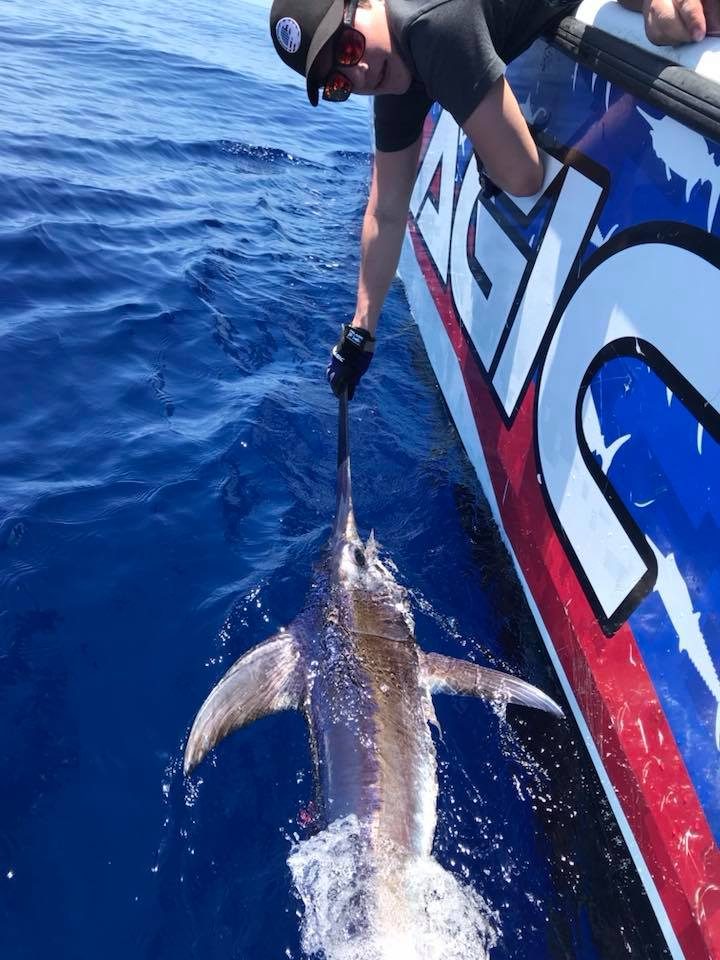
Our annual Tag & Release competition is about 3/4 over and we will crown this year’s winners later this year at our Tag and Release Award Ceremony in February. We are highlighting the “Top Five” in many of the competition categories. This list constitutes the tag and release records processed by TBF as of July 16, 2018. We will post an updated version soon with the regional competitions. Do you know anyone on there? Are you in the top five and want to be recognized by the who’s who in the billfishing community at our ceremony? The end
Billfish Policy Update – July 2018
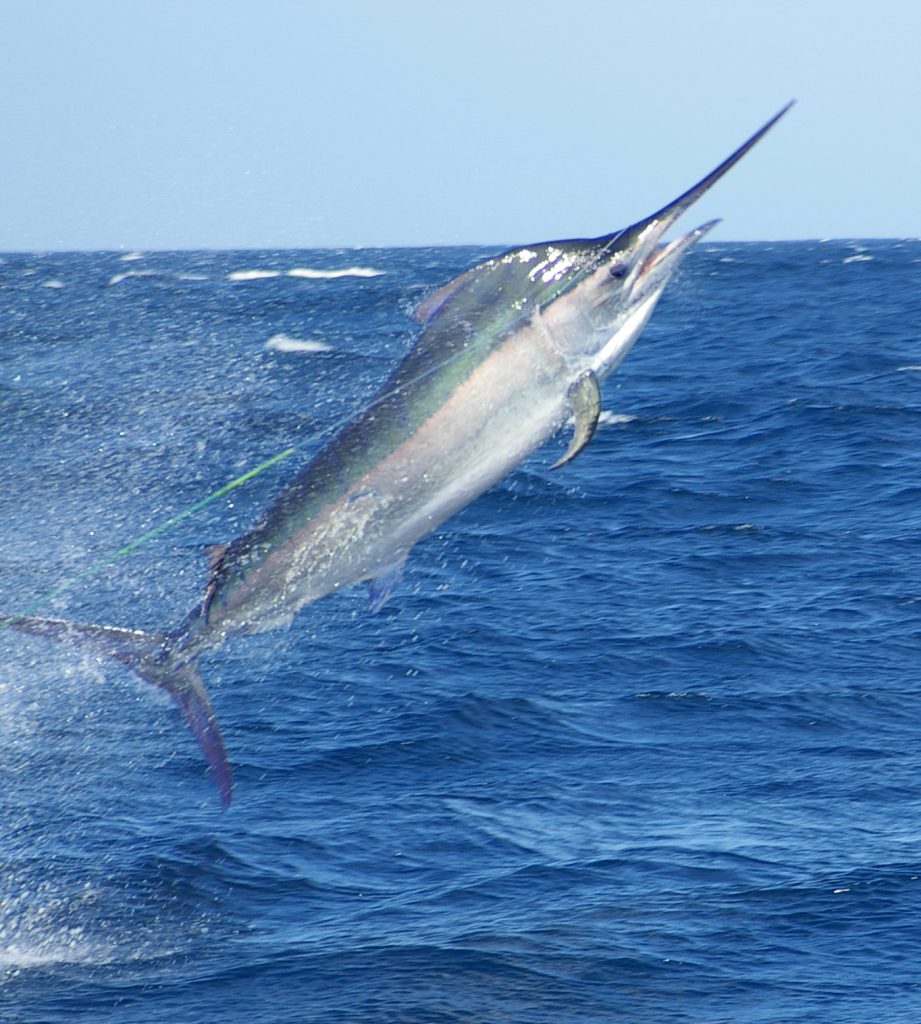
To keep you up to date and for your convenience, we have summarized some of the latest policies that effect billfish and our community. The Council recommended actions on: Keep up to date on all policy effecting billfish and other associated highly migratory species by signing up for TBF’s e-newsletter
Bill introduced to phase out large-mesh drift gillnets off California
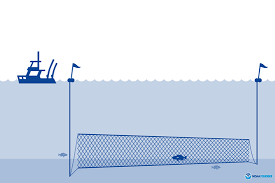
The practice of allowing the U.S. west coast fishery to still use large mesh drift gillnets is insane. The fact that this method of fishing is still allowed shows how much influence the commercial fishing industry has with the federal fishery management council. Large mesh drift gillnets have been recognized as destructive for decades. The gear is not compatible with conservation, responsible fishery management or responsible use of public marine resources. This gear is already banned in the Atlantic Ocean and Gulf of Mexico, as well as off many parts of the west coast. Additionally, the United States is a signatory to international agreements that ban large drift nets in international waters. So why are they still




